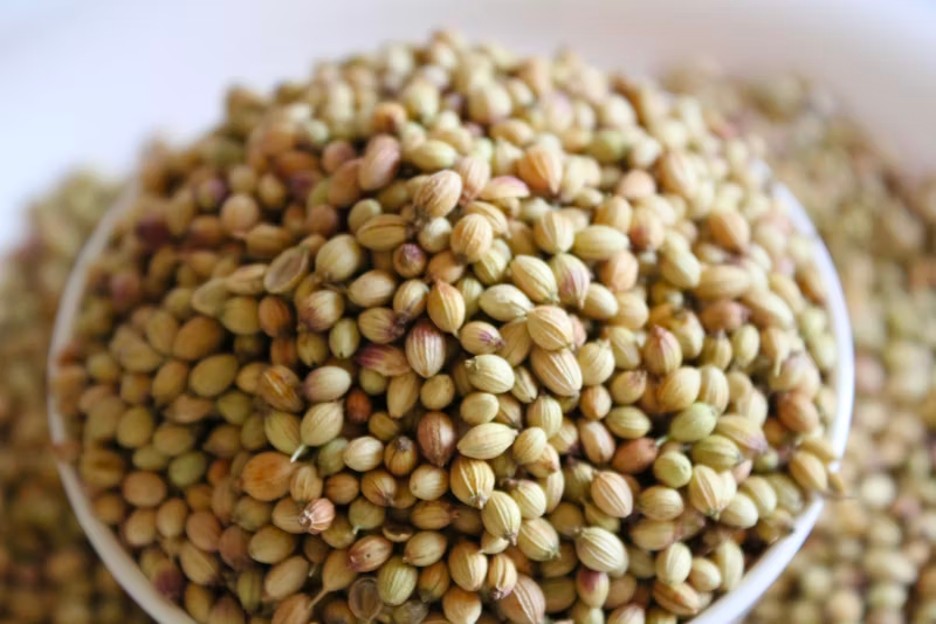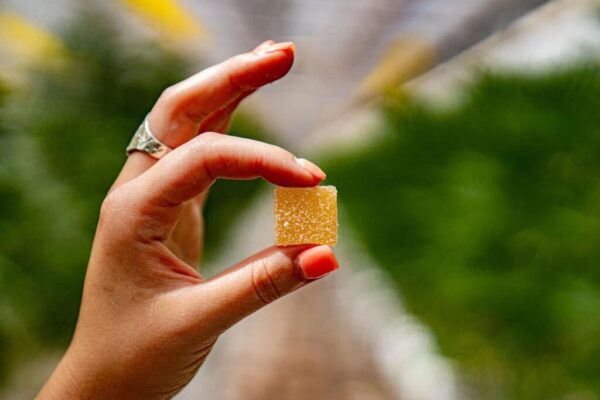When it comes to cooking, few herbs offer the fresh, citrusy flavor that coriander (also known as cilantro in some countries) brings to the table. This distinctive herb, with its bright green leaves and pungent smell, is a staple in dishes across the globe, from Mexican salsas to Thai curries. However, coriander’s somewhat polarizing taste means it’s not everyone’s cup of tea, and it can also be hard to find in some regions. Whether you’re among those who aren’t keen on its flavor or simply find yourself out of coriander at a crucial cooking moment, fear not. This ultimate guide will explore the perfect substitutes for coriander, ensuring your dishes maintain their intended deliciousness.
https://rawspicebar.com/blogs/spices-101/coriander-substitute
Table of Contents
1. Introduction to Coriander
2. Why You Might Need a Substitute
3. Choosing the Right Substitute
- For Fresh Coriander
- For Coriander Seeds
4. Beyond Taste: The Nutritional Aspect
5. FAQs
Introduction to Coriander
Coriander, scientifically known as Coriandrum sativum, is an annual herb in the family Apiaceae. It’s used both for its fresh leaves and dried seeds, with each offering a distinct flavor profile. The fresh leaves provide a zesty citrus flavor often described as refreshing, while the seeds impart a slightly sweet, lemony pepper taste.
Why You Might Need a Substitute
There are several reasons you might need to substitute coriander in a recipe:
- Taste preference: Some people have a genetic predisposition that makes coriander taste like soap.
- Availability: Coriander might not be readily available in your region.
- Allergies: Although rare, some individuals might be allergic to coriander.
Choosing the Right Substitute
For Fresh Coriander
- Parsley (with a splash of lemon juice): For those who dislike the taste of coriander, parsley can be a good alternative. Adding lemon juice helps mimic the citrusy profile of coriander.
- Thai Basil: Offers a hint of sweetness coupled with a peppery flavor that can approximate the taste of coriander in many dishes, especially in Thai cuisine.
- Mint: While mint has a more potent flavor, it can provide the green freshness you’re seeking in salads and some cold beverages.
For Coriander Seeds
- Cumin Seeds: Though more earthy, cumin can replace coriander seeds, particularly in spice mixes and curries.
- Fennel Seeds: Fennel’s slightly sweet touch can serve as a good swap for coriander seeds in many recipes, offering a somewhat comparable taste profile.
- Caraway Seeds: Because of their citrusy note, caraway seeds can sometimes be used as a replacement, especially in bread recipes.
Beyond Taste: The Nutritional Aspect
While substitutes can mimic coriander’s taste, it’s also worth considering the nutritional benefits of coriander. This herb is rich in Vitamin C, Vitamin K, and small amounts of folate, potassium, manganese, and choline. When substituting, incorporating other nutrient-rich herbs or seeds can help maintain the nutritional balance of your dish.
FAQs
Q: Can I use coriander seeds instead of fresh coriander in recipes?
A: Coriander seeds and fresh coriander have distinctly different flavors and are generally not interchangeable in recipes. However, if the recipe calls for a spice mix or if you’re experimenting with flavors, feel free to try but start with small quantities.
Q: Is cilantro the same as coriander?
A: Yes, in many parts of the world, cilantro is the term used for the fresh leaves of the Coriandrum sativum plant, while coriander refers to its seeds. However, in some regions, cilantro and coriander both refer to the fresh leaves.
Q: How do I store my coriander substitutes?
A: Store dried seeds (cumin, fennel, caraway) in airtight containers in a cool, dark place. Fresh herbs (parsley, Thai basil, mint) should be stored in the refrigerator, either wrapped in a damp paper towel and placed in a bag or with stems in a jar of water.
Q: Can I grow my own coriander and its substitutes at home?
A: Absolutely! Both coriander and most of its substitutes can be grown in pots or gardens. They generally prefer well-draining soil and a sunny spot. Starting from seeds is an easy and rewarding way to ensure you always have fresh herbs at hand.
Conclusion
Finding the perfect coriander substitute doesn’t have to be a daunting task. Whether you’re modifying a recipe due to taste preferences, allergies, or availability issues, there are plenty of options to choose from. By considering the flavor profiles of both fresh coriander and coriander seeds, you can select an appropriate substitute that won’t compromise the dish’s intended deliciousness. Remember, cooking is an art, and replacing ingredients allows for personalization and experimentation. Happy cooking!








